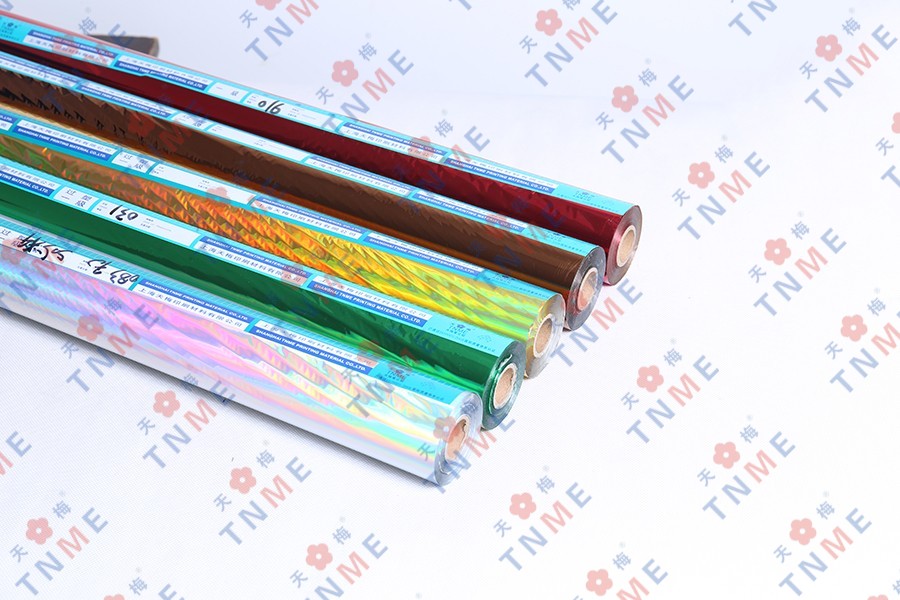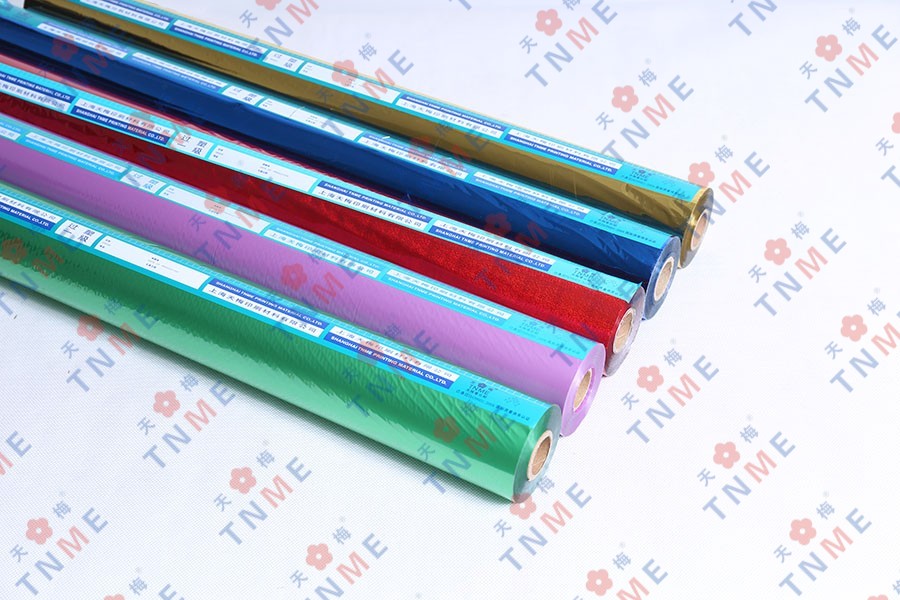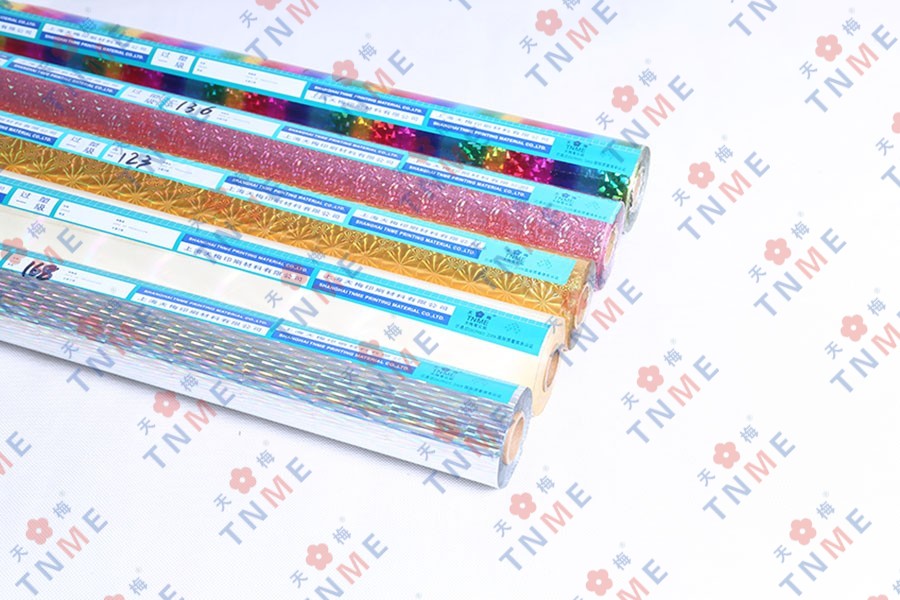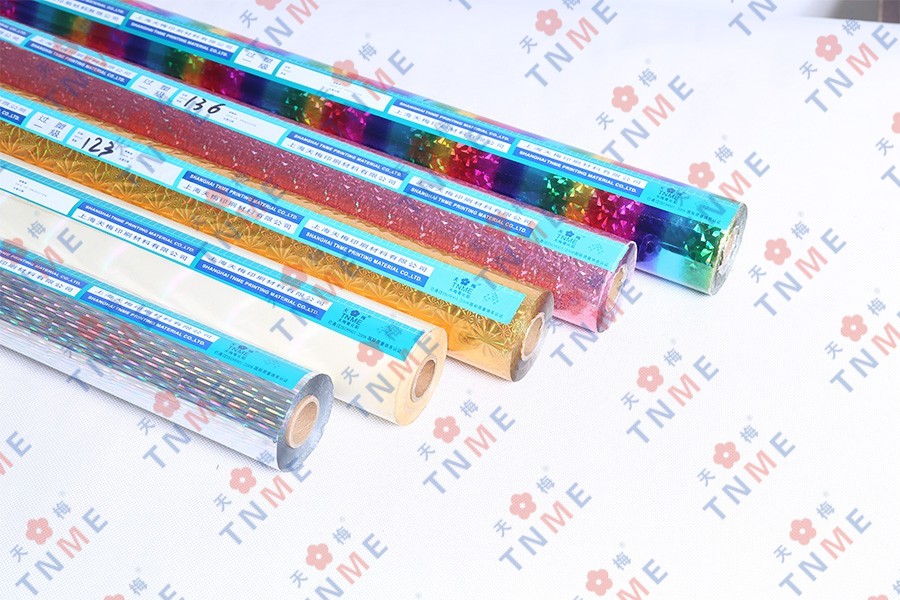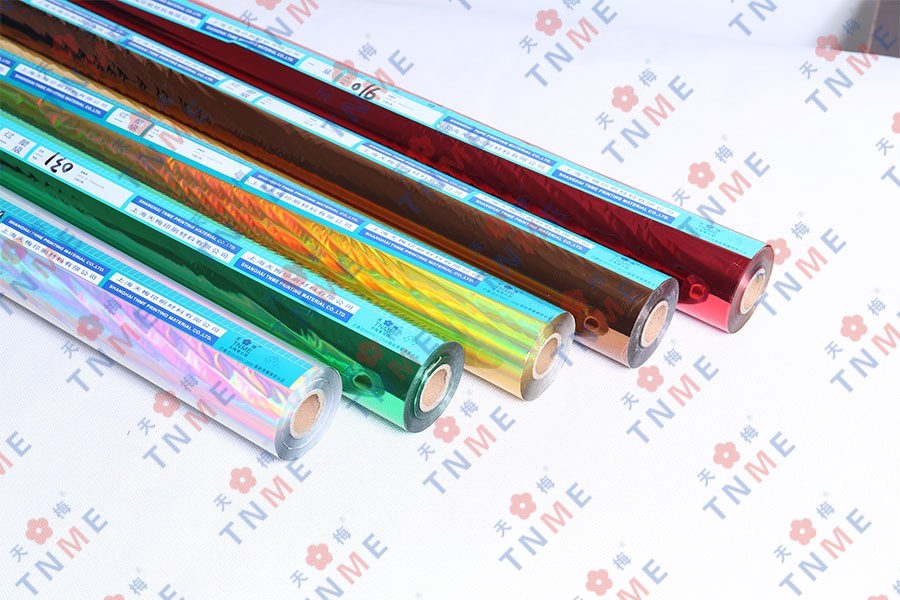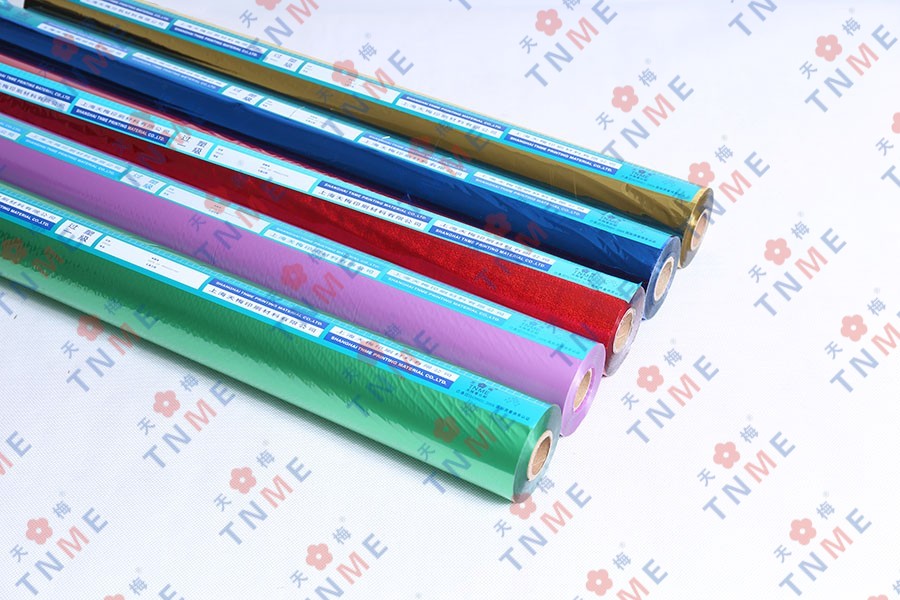Why can cold foil capture complex line details accurately?
As an innovative technology in the field of label and packaging printing, cold foil occupies a place in the high-end printing market with its extreme control of line details. This technology does not require the high-temperature process of traditional hot stamping, but achieves accurate reproduction of extremely fine text strokes and complex geometric pattern lines through the synergy of low-temperature embossing and special adhesives. Behind it are precise material science and engineering principles.
The core components of cold foil include carrier film, metal foil layer and hot melt adhesive layer. The carrier film provides support for the metal foil, and the hot melt adhesive layer is the key to achieving accurate transfer. When the cold foil contacts the substrate, the printing equipment activates the hot melt adhesive layer through pressure, making it fit tightly to the surface of the substrate. Unlike hot stamping, which relies on high-temperature melting adhesives, the low-temperature process of cold foil avoids material deformation and line blurring caused by high temperature, ensuring that the transfer process is completed at micron-level precision.
When processing extremely fine text strokes, the hot melt adhesive layer of cold foil shows unique advantages. Traditional printing technology is prone to problems such as breakpoints and burrs when reproducing lines below 0.1mm, while the hot melt adhesive of cold foil has high fluidity and fast curing characteristics. When printing pressure acts on cold foil and substrate, hot melt adhesive can quickly fill the tiny gap and form clear and sharp edges in the instant curing process. This fast curing mechanism not only avoids the thickening of lines caused by the diffusion of adhesive, but also ensures the clarity of text in different fonts and font sizes. Even the smallest captions can show sharp stroke outlines.
For complex geometric patterns and lines, the process stability of cold foil is more advantageous. Whether it is a continuous curve, a staggered grid, or a multi-layer nested precision pattern, the low-temperature embossing process of cold foil can ensure the continuity and consistency of the lines. This is due to its precise control of pressure and temperature: the evenly distributed pressure ensures that the hot melt adhesive layer is in full contact with the substrate, while the low temperature environment prevents the metal foil from stretching or twisting during the transfer process. When processing multi-layer patterns, cold foil can achieve complex visual effects through multiple processes. Each layer of lines can be accurately positioned to avoid overprint deviation, thus presenting a three-dimensional pattern with clear layers and rich details.
The line expression of cold foil is also reflected in its wide adaptability to different printing materials. Whether it is paper, plastic film or metal foil, as long as the surface flatness and roughness meet the process requirements, cold foil can achieve high-quality transfer. The chemical formula of its hot melt adhesive layer is specially designed to form a stable intermolecular force with the surface of different materials, ensuring that the metal foil is firmly attached while maintaining the clarity and integrity of the lines. This material compatibility enables cold foil to play its line expression advantages in the fields of labels, packaging boxes, luxury packaging, etc., and meet diverse design needs.
From material science to process control, cold foil technology has redefined the line expression standards of the printing industry through the ultimate pursuit of details. Its innovative combination of low-temperature embossing and hot melt adhesive transfer not only solves the precision problem of traditional processes, but also provides designers with technical support to realize complex creativity. With the continuous advancement of materials and equipment technology, cold foil will continue to expand the boundaries of line art in the printing field with higher precision and efficiency in the future.




 English
English 中文简体
中文简体
